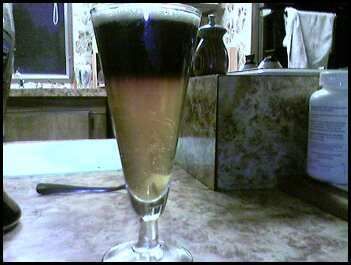Skrimpy
Well-Known Member
Is it surface tension? Is it density? What is it that keeps them separate when they are poured. I ask because I made a traditional english pale ale and my buddy made a stout and they were very both very close in flavor and body to guinness and bass but I could not get them to stay separate in the pour. Anyone have any ideas about what I can do to the recipes to keep them separate in the pour? We are brewing using extracts.








